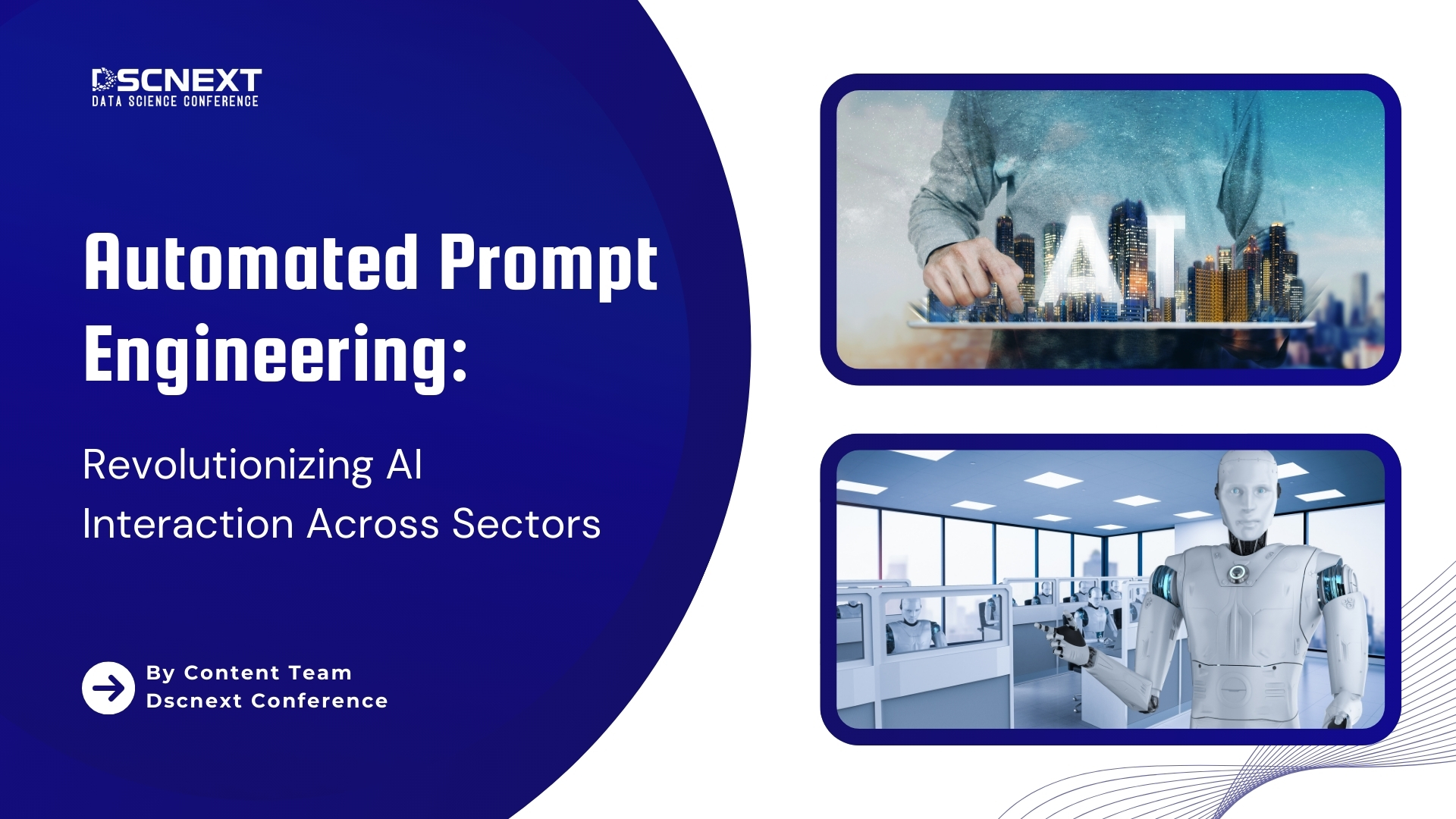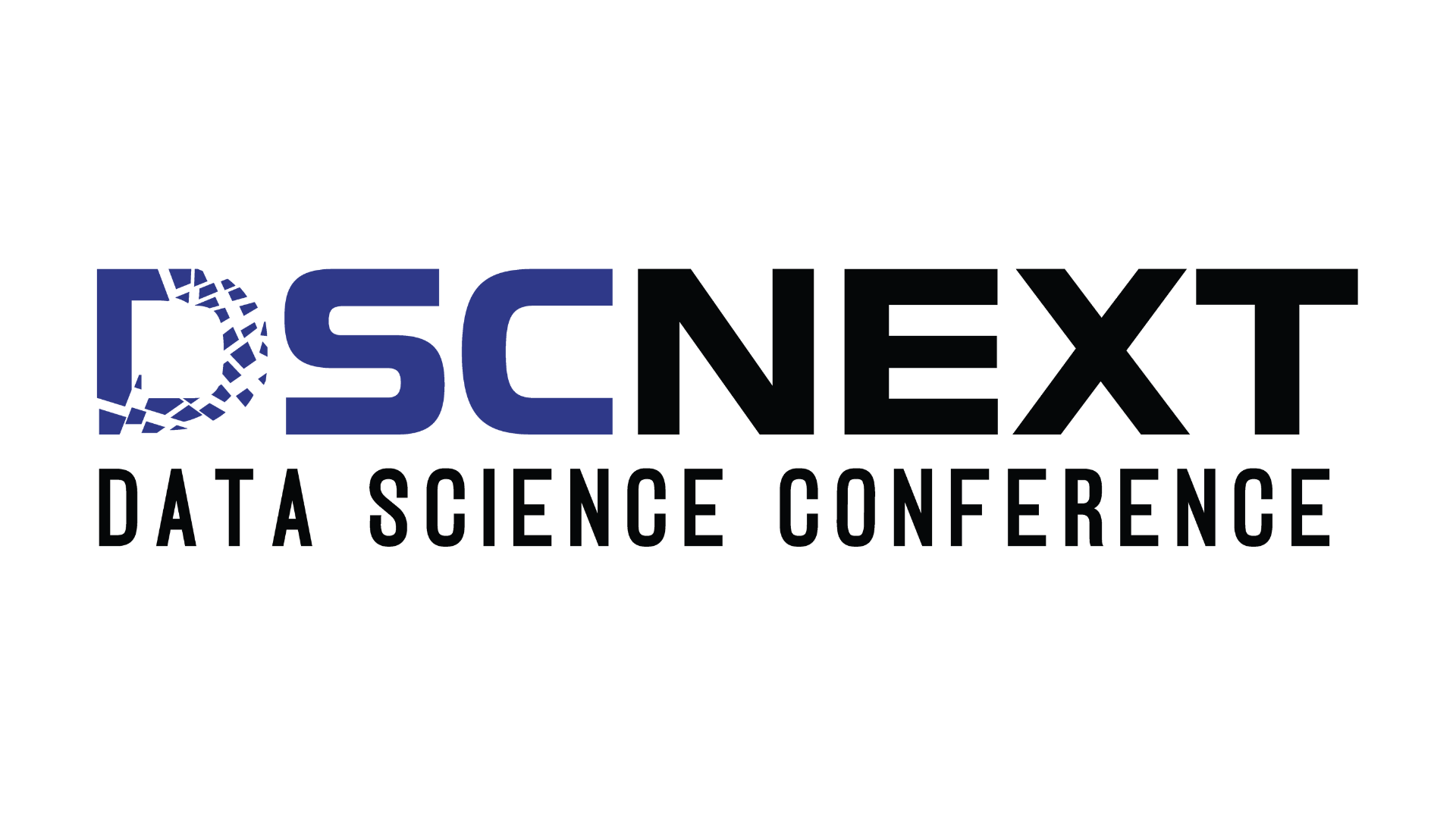
In the rapidly evolving world of artificial intelligence (AI), prompt engineering has become a critical skill for leveraging large language models (LLMs) like GPT-4, MidJourney, and other generative AIs. As the demand for AI-generated content grows across industries, a new trend is emerging: automated prompt engineering (APE).
This innovation simplifies the process of crafting highly efficient prompts, optimizing the interaction between AI and humans. But what is automated prompt engineering, and how is it transforming sectors globally?
The Basics: What is Prompt Engineering?
At its core, prompt engineering refers to the creation of clear, context-specific commands (or prompts) to guide AI models toward generating high-quality content, whether that’s text, images, code, or even audio and video. Mastering this process is crucial for unlocking the full potential of LLMs. Traditionally, users experiment with different prompts to refine results—a time-consuming task that requires iterations.
However, automated prompt engineering takes this process a step further. By integrating advanced machine learning techniques, researchers and companies can automatically generate the most effective prompts for various tasks, cutting down on human intervention and vastly improving the efficiency of LLMs.
Why Automate Prompt Engineering?
Manually generating prompts, though effective, can be tedious and inconsistent. With the growing complexity of tasks assigned to LLMs, creating perfectly optimized prompts every time is challenging. Automated prompt engineering solves this problem by:
1. Boosting Efficiency: AI systems like Google DeepMind’s OPRO automate prompt optimization, saving time for users who would otherwise need to manually adjust their commands.
2. Enhancing Model Performance: Prompts are tailored to specific tasks, enabling LLMs to produce more accurate and relevant results. The Automatic Prompt Engineer (APE) framework, for example, uses two models: one to generate the prompt and another to create content based on it.
3. Scaling AI Across Industries: Automated prompt engineering allows businesses to quickly deploy AI in sectors ranging from healthcare to e-commerce without the need for extensive AI expertise.
Automated Prompt Engineering Techniques
Several innovative approaches have been developed to automate prompt engineering, including:
– Gradient-based Optimization: This uses algorithms to fine-tune prompts based on the gradients of the output performance, adjusting them iteratively to achieve optimal results.
– Rule-based Systems: These systems apply predefined rules to automatically generate prompts that fit specific criteria or tasks.
– Machine Learning (ML): With ML-based techniques, models are trained to learn from existing prompt-output pairs and then automatically generate new, effective prompts for similar tasks.
Two prominent examples include
1. Automatic Prompt Engineer (APE)
Developed by researchers from the University of Toronto and the Vector Institute, APE generates prompts based on input-output pairs and refines them through multiple iterations. This method leverages models like GPT-3, T5, and InstructGPT to enhance content generation.
APE has been utilized by companies in natural language processing (NLP) to streamline customer service automation. Automatically generating prompts helps bots understand user queries better and offer more accurate responses, reducing the need for human intervention.
2. OPRO: Google DeepMind’s Optimization Program
OPRO allows LLMs to try out different prompts and automatically select the best one for a task. The core algorithm, Meta-Prompt, iterates through multiple solutions and refines prompts until it finds the most effective one.
Google DeepMind tested OPRO on complex tasks, including those requiring mathematical optimization. For instance, it has been used to enhance AI-driven supply chain optimizations in manufacturing by refining the instructions given to the AI, resulting in more efficient production schedules.
Sectors Benefiting from Automated Prompt Engineering
1. Healthcare
Automated prompt engineering is being used by companies like IBM Watson Health to help healthcare providers make better decisions through AI-generated insights. For example, prompts are generated to guide AI models in diagnosing medical conditions based on patient data, improving accuracy and reducing diagnostic errors.
2. Finance
In the financial sector, companies like JPMorgan Chase are employing automated prompts to streamline fraud detection. By refining the prompts given to AI systems, banks can better detect fraudulent activities in real-time, ensuring faster and more reliable results.
3. Retail and E-commerce
E-commerce platforms such as Shopify are leveraging automated prompts to personalize product recommendations. By automating prompt engineering, these platforms enhance their recommendation engines, helping businesses provide more relevant product suggestions to their customers.
4. Content Creation and Marketing
Automated prompt engineering has been transformative for digital marketing and content creation agencies. Tools like Copy.ai use automated prompts to generate high-quality marketing copy for brands, allowing marketers to focus more on strategy and less on manual content generation.
5. Manufacturing
In industries like automotive manufacturing, companies are using AI-driven design processes to generate new product prototypes. Automated prompts can guide AI models in designing everything from car parts to assembly lines, accelerating innovation and reducing production costs.
Few Examples of Companies Using Automated Prompt Engineering
– Microsoft has integrated automated prompt engineering into its AI-powered assistant, Copilot, which helps users generate everything from code to marketing reports. This tool automatically refines user commands to ensure the best output without manual prompt adjustments.
– Tesla uses AI-powered systems that benefit from automated prompt engineering to assist in autonomous vehicle development. By automating prompt generation for its AI models, Tesla can improve the accuracy of its self-driving technology.
– OpenAI leverages automated prompt techniques within its API services. Businesses using the OpenAI platform for NLP tasks benefit from pre-optimized prompts that allow their models to produce more relevant and actionable results across various sectors, including law, education, and customer service.
The rise of automated prompt engineering is transforming how businesses interact with AI. By automating the process of crafting prompts, companies can significantly enhance the performance of LLMs, enabling them to solve complex tasks faster and with greater precision.
This innovation is being embraced across industries—from healthcare to finance, retail to manufacturing—streamlining operations, improving customer experiences, and driving business growth. As AI continues to evolve, automated prompt engineering will undoubtedly play a central role in unlocking its full potential.
Whether you’re developing AI-driven content or optimizing workflows, automated prompt engineering is shaping up to be the key differentiator in the future of generative AI. Companies that invest in data science will be better positioned to navigate the complexities of the modern world, make informed decisions, and achieve long-term success.
Embark on a groundbreaking journey at the inaugural Data Science Next Conference May 7-9 2025, in Amsterdam by NBM, where pioneers and visionaries will gather to chart new territories in data science. As a debut event, this conference offers an unparalleled opportunity to be among the first to explore fresh perspectives, engage with cutting-edge methodologies, and contribute to shaping the future of the field.
Designed for those eager to push boundaries and spark innovation, this event promises to ignite your curiosity and provide the foundational insights needed to navigate the evolving landscape of data science. Join us as we set the stage for the next era of data-driven innovation.


